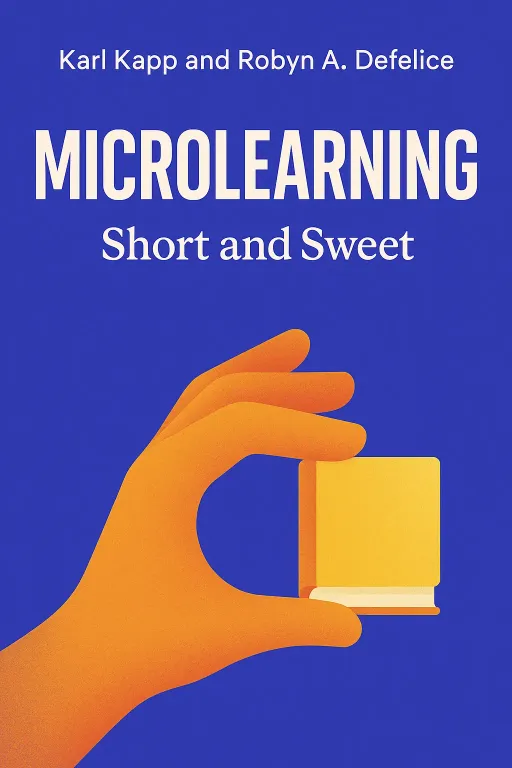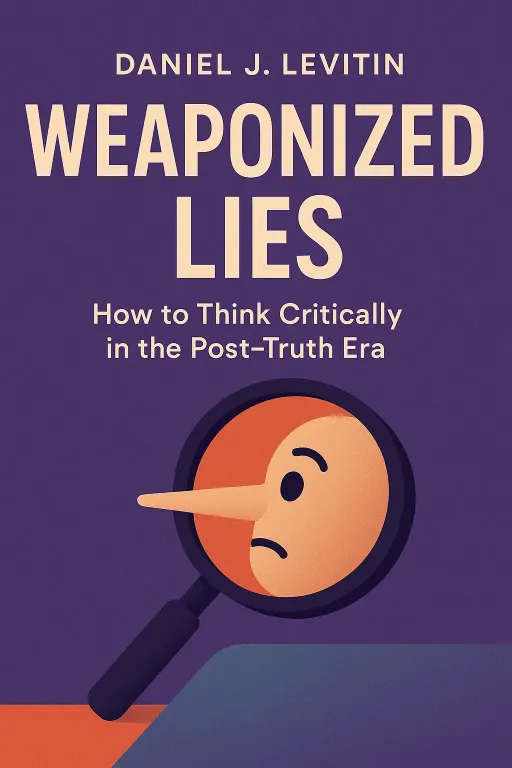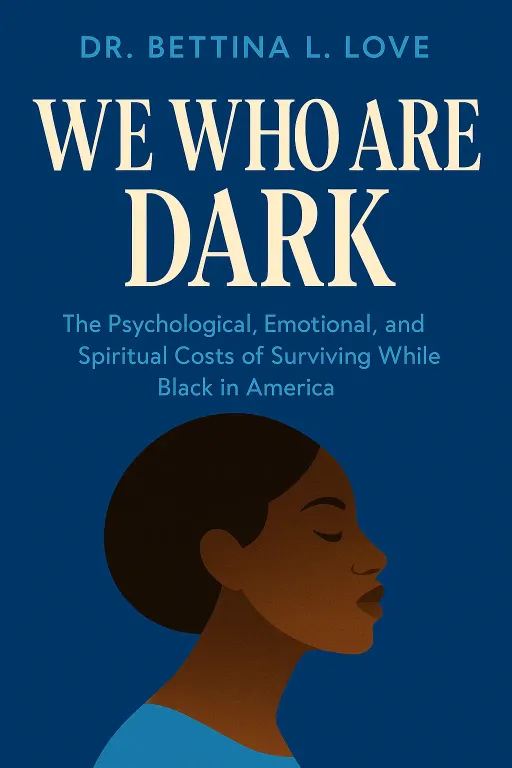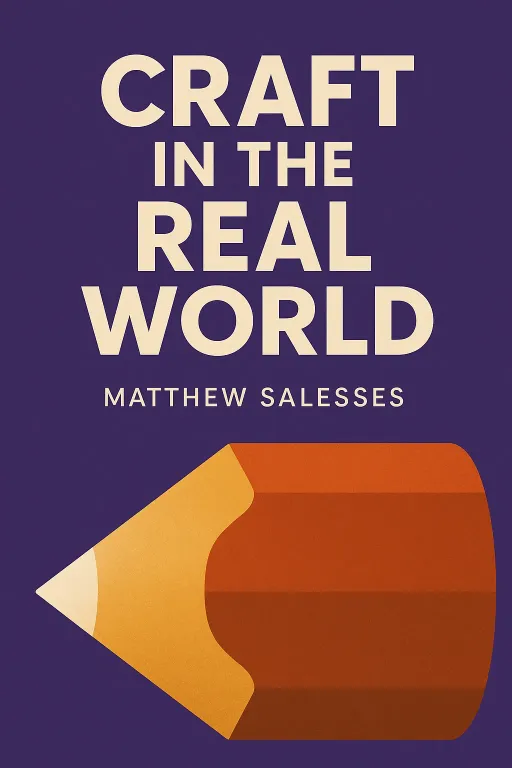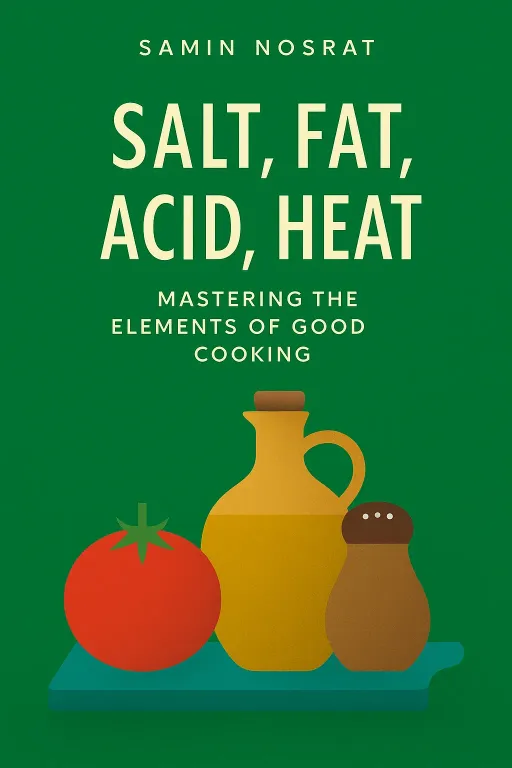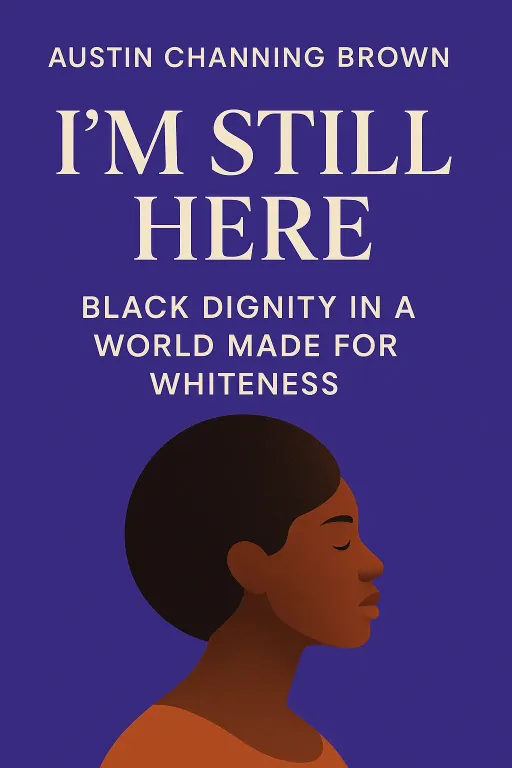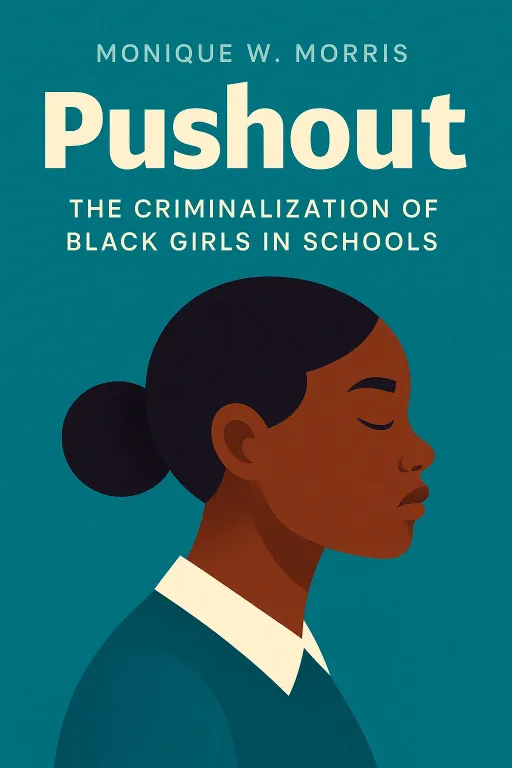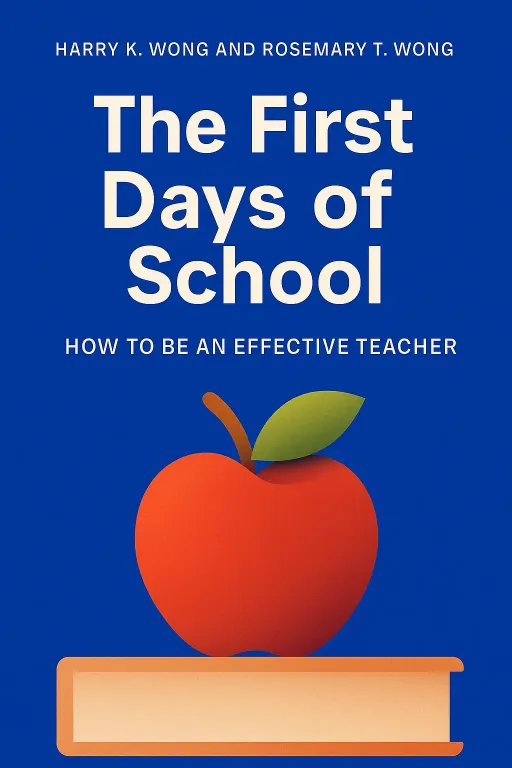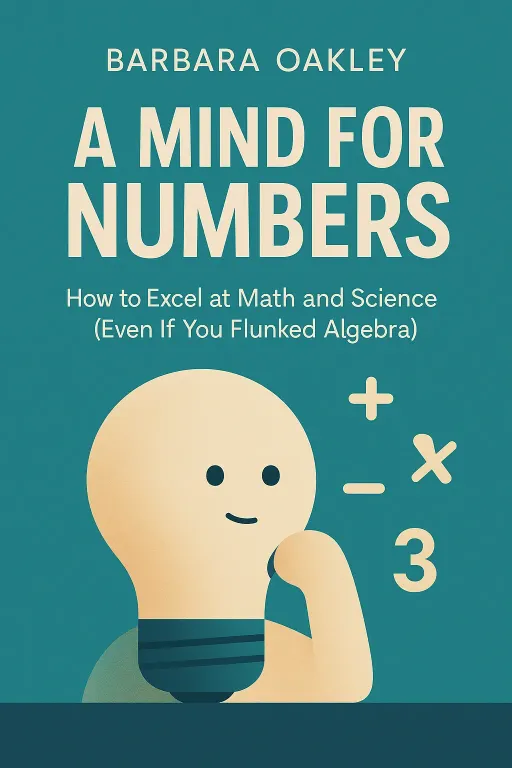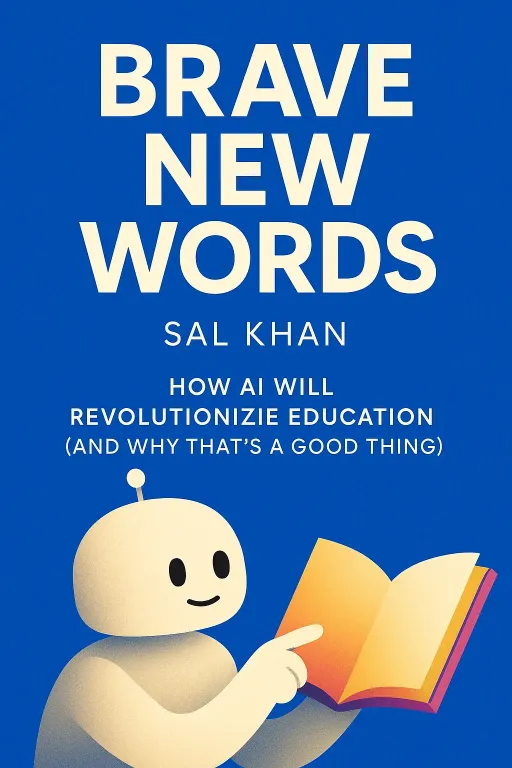
The AI Tutor's Roadmap: From Potential to Product
8 minGolden Hook & Introduction
SECTION
Nova: Alex, as someone who has spent over fifteen years building education technology, when you hear the phrase 'AI will revolutionize education,' what's your gut reaction? Is it the excitement of a builder seeing a new frontier, or the skepticism of a veteran who's seen countless 'revolutions' come and go?
Alex Sarlin: That’s the perfect question, Nova. It’s absolutely both. My analytical side, the product manager in me, immediately starts stress-testing the idea. I think about scalability, user adoption, the pedagogical integrity. But the futurist in me, the part that got into EdTech in the first place, sees the genuine, paradigm-shifting potential. It’s a healthy tension between 'Wow, this could change everything' and 'Okay, but how do we build it so it works for a real student and a real teacher?'
Nova: I love that. A pragmatic optimist. Well, that's the exact tension Sal Khan, the founder of Khan Academy, tackles in his book,. He argues AI is not just another tool, but a fundamental shift. Today we'll dive deep into this from two perspectives. First, we'll explore what it takes to build an AI that can finally deliver on the promise of personalized, one-on-one mastery for every student. Then, we'll look beyond the nuts and bolts of tutoring to discuss how AI can become a creative muse and a social moderator, transforming how we learn subjects like literature and history.
Deep Dive into Core Topic 1: Cracking the Code of Personalized Mastery
SECTION
Nova: So let's start with that first promise: personalized mastery. For decades, educators have been haunted by something called the 'two-sigma problem,' identified by educational psychologist Benjamin Bloom back in the 80s.
Alex Sarlin: Ah yes, the holy grail of education.
Nova: Exactly! Bloom found that a student of average ability who gets one-on-one tutoring performs two standard deviations better than a student in a traditional classroom. That’s like taking a student from the 50th percentile and launching them to the 98th. The problem has always been, how on earth do you scale that? It’s just not feasible to give every student a personal human tutor.
Alex Sarlin: It's the fundamental resource constraint of education. And for years, technology has tried to chip away at it with varying success.
Nova: Right. And Khan argues that with tools like GPT-4, we might finally be able to crack it. He gives this wonderful example in the book of a student using their AI tutor, Khanmigo, for a math problem. So, picture this: a student is stuck on a polynomial problem. They don't know where to start. Instead of just giving the answer, Khanmigo asks, "That's a great question! To find the degree of the polynomial, what do you think the first step might be?" It gently guides, probes, and encourages, but never gives the answer away.
Alex Sarlin: And that's the core of good instructional design right there. The AI isn't a calculator; it's a coach. It's preventing what we in the field call 'shallow learning,' where a student can find the right answer but doesn't actually retain the process. They're learning to think, not just what to think.
Nova: From a product perspective, what's so hard about building that? It sounds simple enough.
Alex Sarlin: It sounds simple, but it's incredibly complex. The difficulty is in what Khan calls 'steerability.' It's easy to build an answer machine. It's incredibly hard to build an AI that can diagnose a specific misconception in real-time, ask the next question to unlock the student's thinking, and, crucially, know when to give a small hint versus when to let the student struggle a bit. That productive struggle is where real learning happens. That's the art of teaching, and programming that 'art' is the challenge.
Nova: And Khan makes the case that the big leap with GPT-4 was that it could finally handle that level of nuance and reasoning, making this kind of Socratic dialogue possible at a massive scale.
Alex Sarlin: Exactly. And for me, the next frontier, which the book touches on, is personalization beyond just the academic content. Khan gives another example where Khanmigo remembers a student is interested in soccer. So, when the student asks why algebra matters, the AI doesn't give a generic answer. It creates a word problem involving a soccer coach and modeling goals scored with a polynomial. That's the moment the AI moves from being a 'tool' to a true 'companion.' It shows it knows you.
Nova: It’s about context and connection, not just content.
Alex Sarlin: Precisely. That's when you start to really solve the engagement piece of the puzzle, not just the knowledge-gap piece.
Deep Dive into Core Topic 2: The AI as Muse and Moderator
SECTION
Nova: And that idea of a 'companion' is the perfect bridge to our second point. Because Khan argues AI's potential goes far beyond math and science. He believes it can actually make the humanities human. And that sounds like such a paradox.
Alex Sarlin: It does, but it's one of the most exciting areas to speculate on. How do you use a machine to foster creativity and empathy?
Nova: Well, he gives this incredible story about a ninth-grade student in India named Saanvi. She's reading and is stumped by a question about the green light at the end of Daisy's dock. She could Google it, but instead, she uses Khanmigo to start a conversation with an AI simulation of Jay Gatsby himself.
Alex Sarlin: Wow. So she's not just researching, she's interacting.
Nova: Exactly. She asks him directly, "Mr. Gatsby, why do you stare at that green light?" And the AI, in character as Gatsby, responds, "Ah, the green light. It is a symbol of my dreams and desires... my yearning for the past and my hope to reunite with Daisy." Saanvi said she got so into it, she apologized for taking up his time, and the AI gently reminded her, "Oh, no, I’m not really Jay Gatsby, I’m just an artificial intelligence simulation."
Alex Sarlin: That is fascinating. From a product design standpoint, what you're building there is a tool for psychological safety. A student might be too intimidated or embarrassed to ask what they think is a 'dumb' question in front of 30 classmates. But asking an AI? There's zero social risk. You're lowering the barrier to curiosity, which is the fuel for all learning.
Nova: But what about the risk of inaccuracy? I mean, the AI isn't Gatsby. What if it gets something wrong?
Alex Sarlin: That's the critical design challenge. You have to build in guardrails. The AI has to be programmed to stay in character but also to be transparent that it's a simulation, which it sounds like Khanmigo does. The goal isn't to create a perfect historical reenactment. The goal is to create a compelling hook that sparks a deeper engagement and drives the student to the primary source—the book itself. It's an appetizer, not the whole meal.
Nova: I like that. And it's not just about one-on-one interactions. Khan also envisions AI as a social. He gives an example of an AI suggesting a third-grade class do a collaborative project to design paper airplanes. The AI divides them into teams, helps coordinate their efforts, and facilitates the entire process.
Alex Sarlin: And that directly counters the biggest fear people have always had about EdTech—that it's isolating, that it's just a kid staring at a screen. In this model, the AI is being used to and human-to-human collaboration. The AI becomes the project manager, which frees up the human teacher to do what they do best: rove the classroom, listen to conversations, and provide that high-level, human-to-human guidance. That's a powerful and productive shift in the classroom dynamic.
Synthesis & Takeaways
SECTION
Nova: So, when we put it all together, we have these two incredible, almost parallel visions for the AI tutor. On one hand, it's the ultimate personal coach, using Socratic dialogue to solve the mastery gap that has plagued education for a century.
Alex Sarlin: The logician and the technician.
Nova: Exactly. And on the other hand, it's a creative partner and social facilitator, bringing literature to life and encouraging students to work together.
Alex Sarlin: The muse and the moderator. It’s a much more holistic vision than just a 'robot tutor.'
Nova: It really is. So, Alex, to wrap this up, I have to ask you to put on your product manager hat one last time. If you could wave a magic wand and add one capability to today's AI tutors to get us closer to the future Sal Khan describes, what would it be and why?
Alex Sarlin: That's a great question. I think I'd focus on advanced emotional and engagement detection. Right now, the AI can understand the content of what a student types, but it can't truly understand the. Is the student frustrated? Are they bored? Are they having a 'eureka' moment? Imagine an AI that could detect a student's frustration from their typing speed or the kind of errors they're making, and could respond by saying, "Hey, it looks like this is getting a little tough. Let's take a deep breath and try a different approach." Or an AI that could recognize a breakthrough and celebrate with the student. Building that layer of emotional intelligence, of genuine empathy, on top of the Socratic logic—that, to me, is the final leap from a great tool to a truly transformational mentor.
Nova: Wow. So the future of AI in education is not just about making it smarter, but about making it wiser and more... human.
Alex Sarlin: Exactly. That's the roadmap.
